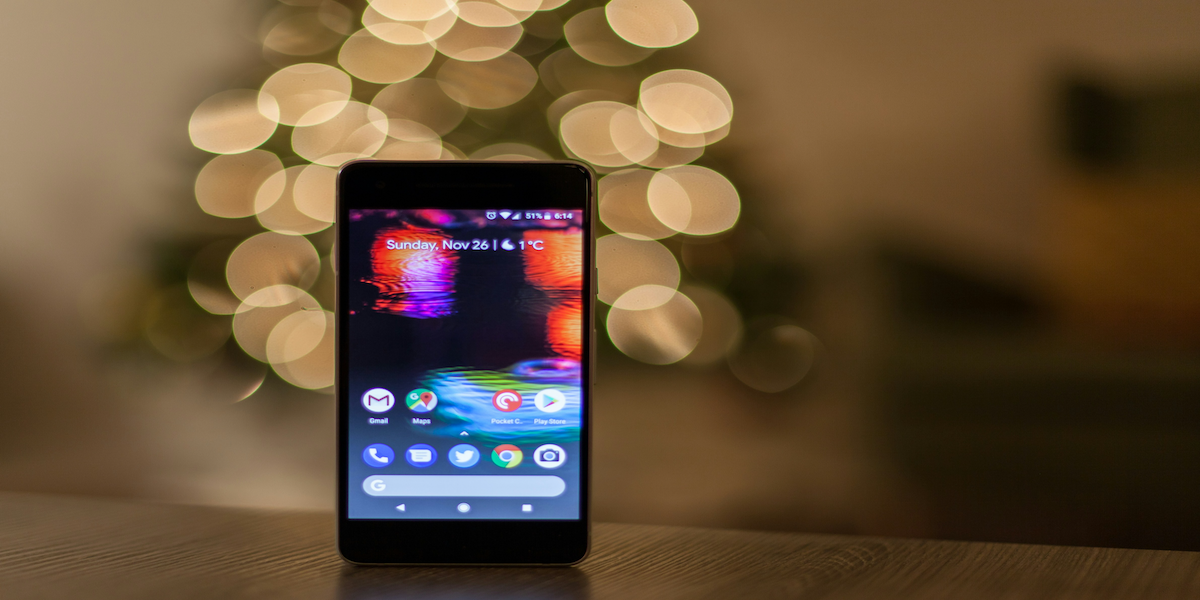Zigbee Vs. Wi-Fi: Which Is Better for Your Smart Home Needs?
Image commercially licensed from Unsplash
Connectivity is essential to homeowners using smart devices. For you to build a complete smart home system, you’ll need to consider wireless technology such as Zigbee and Wi-Fi. Although both technologies enable your smart devices to connect and communicate with each other, they work differently. Here is a detailed outline of how Wi-Fi and Zigbee work to help you choose the best network for your smart home.
Wi-Fi
Wi-Fi is commonly used for local area networking, and it has a high bandwidth that ranges from 32 Mbps to over 8 Gbps. Initially, Wi-Fi was used to connect computers and internet devices. However, its usage has evolved. Today, you can use it to support your smart television and home theater and even control your Wi-Fi garage door opener, among other digital home appliances.
Zigbee
While Wi-Fi has been a more dominant wireless connectivity solution over the years, other contenders, such as Zigbee, have become secondary options homeowners consider. For instance, homeowners using low-power IoT devices have switched to Zigbee for connectivity.
Founded and developed by Zigbee Alliance in 2003, Zigbee is an open communication protocol that is low-powered and is used to govern low-rate networks such as Thread and 6LoWPAN. Since the network operates on a small-range mesh network, it can effortlessly transfer from one Zigbee device to another without a Wi-Fi connection. In addition, the network has a speed of 250kbps and a signal range of ten to a hundred meters.
A Quick Comparison Between Zigbee and Wi-Fi
1. Power Consumption
Wi-Fi systems have a higher power consumption compared to Zigbee devices. The battery life of a Zigbee device can last for months and is more prolonged than Wi-Fi devices.
2. Compatibility
Zigbee device manufacturers have designed them to be compatible with previous versions of Zigbee and any versions developed in the future. This backward compatibility allows any latest Zigbee device to connect with the current network.
Older versions can also join the newer Zigbee devices based on security policies that can be updated over the air. On the other hand, Wi-Fi networks don’t have the option of forward compatibility of previous devices connected with newer versions.
3. Speed and Bandwidth
While Wi-Fi devices consume more power, they can transmit data significantly faster than Zigbee. Zigbee network is much slower, with a data transfer speed of 250kbps. Especially when most Wi-Fi networks transfer data at the speed of 11mbps or more for full HD or live video feed.
4. Cost
Zigbee devices are more expensive than Wi-Fi devices. Wi-Fi devices enjoy the support of more manufacturers since they have been in the market longer. Moreover, their wide adoption means more developers are improving their functionality while making them cheaper.
5. Range and Signal Quality
Zigbee connection works short distances compared to Wi-Fi which can range up to 100 meters. This means Wi-Fi networks are less likely to experience signal interference, unlike Zigbee devices. Zigbee signals are additionally weaker, increasing distortion and signal deterioration if you use more devices.
Conclusion
Zigbee and Wi-Fi connectivity have pros and cons when controlling your smart devices. Zigbee is an excellent choice for connections over short distances. The connectivity also requires low power, making it the greener choice. Wi-Fi is more reliable over wider ranges. This makes it a better choice for internet connection, remote control, and monitoring. So, choose your network depending on the connectivity needs of your devices.






